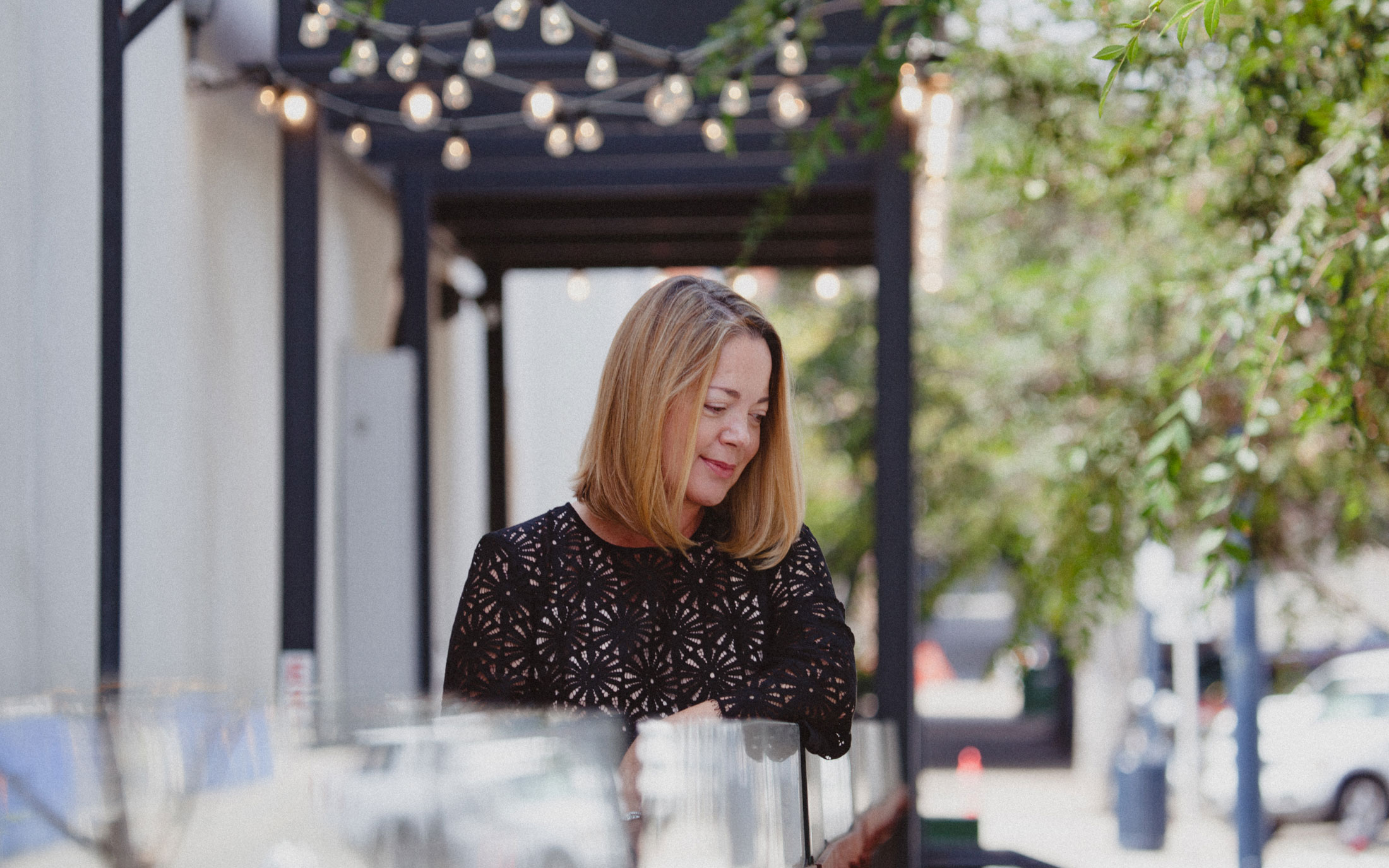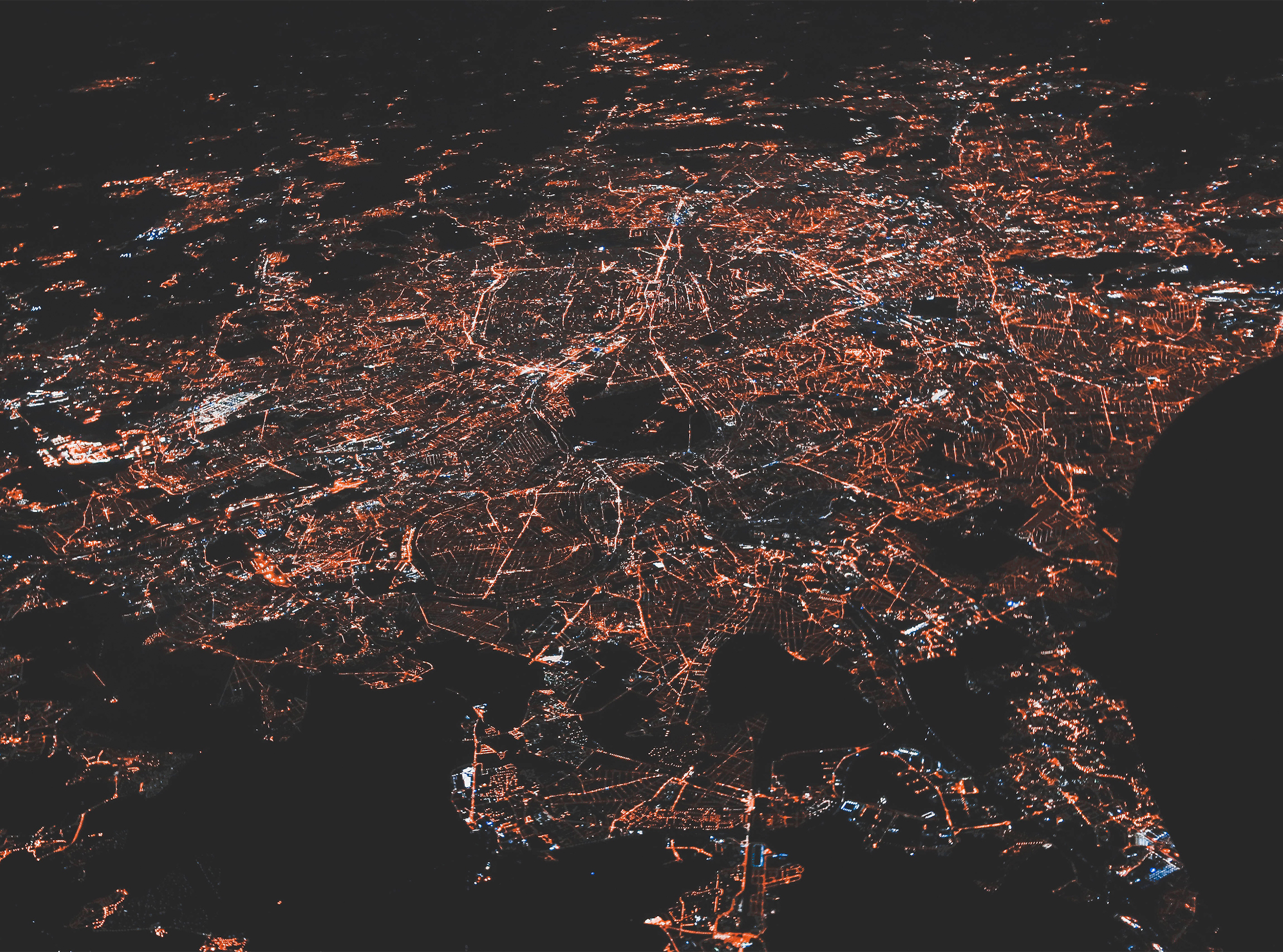
Culture In A Disrupted And Distributed World
By Mark Tomaszewicz and Abby Feinberg
We’ve been studying organizational culture for over a decade and every organization in America is in unprecedented times. In recent history, we haven’t experienced the foundations of business and society, the health and wellbeing of people, and the uncertainty about the future simultaneously under the pressure to the extent we’ve seen over the past 90 days.
Leaders have been challenged to make sense of it all and translate their perspectives into actions. Along the way, there have been hard choices to make to ensure the viability and continued growth of businesses. There has also been the need to attend to the community of people within an organization across a range of individual experiences impacted by a pandemic, the disruption of everyday lives, an uncertain economy, and the bright light show on racial inequality.
It has been a lot, and most of it has been heavy. Yet, at the same time, we’ve seen companies rise to the occasion, act to take care of one another, and to impact the greater good beyond their business model.
The term “Great Reset” was being used even before the American societal awakening to systemic racism. As society and the economy change, this is also an opportunity to see what needs to change within your organization and culture to ensure success in this new environment.
CULTURE REVEALED & WORK CHANGED
Though many have understood that culture is not about happy hours and kombucha on tap for quite some time, those who haven’t now do. These last few months have revealed the actual culture you have: how things really get done, what guides decisions, and what really matters most when leaders make decisions.
We guide companies in creating meaningful values and often say that values are most celebrated when things are going well and most important when we are tested. This current environment is about the biggest test a company’s values could have.
Our espoused values are who we think we are—the ones that are on the wall. A crisis reveals to us what our true, lived values are. The decisions that have been made, the way they were made, and the way people communicate and get things done reflect the actual values of the companies.
Now is the time to take a close look at the behaviors of the last 90 days. What strengths have been revealed? What opportunities exist to reset or close the gap to who you aspire to be?
As we are still working through the impact of the pandemic, and will be for some time, there will remain a fair amount for organizations to react to. In between the waves, however, we suggest you spend time to REASSESS and then RESET your culture in this new context based on what you learn.
REASSESS: START LISTENING
In reassessing the organization’s work practices and culture, take the time to investigate. Be a culture detective. Look beyond your personal experience. Explore ways to gain the perceptions and realities of distributed work, and its impact on culture, with each team and individual.
Ask questions to understand what this time has revealed to your team members at every level about the organization, leadership, and their team.
As you do, remember, inclusion becomes ever more important in a distributed environment. Quieter and more marginalized voices encounter fewer opportunities and channels to express their experience, and have fewer opportunities to find comradery among colleagues. In times of ambiguity and change, managers will often lean on their “go to” person, and colleagues rely on the teammates that they know best. It can become a prime opportunity for implicit bias and accidental exclusion.
We’ve outlined guiding questions to start listening and reassessing a company’s actions and culture during this time:
- What has this time revealed to you about the organization?
- Has the organization communicated consistently and clearly about where we are today and where we are headed?
- Have you seen our organization live into their values and purpose both internally and more broadly within society?
- How do you feel like we have been able to maintain and strengthen relationships across groups as we’ve moved to a distributed environment?
- How has the organization’s approach to well-being and safety resonated with you?
- Have we been able to bring in fun and joy the right way?
RESET: DISTRIBUTED WORK & CULTURE
As you go about thinking about culture and the employee experience in a distributed environment, know that it’s not materially different on a fundamental level from when you were in a traditional environment. This work is grounded in what we know is important to employees—the ability to do my job well, being part of something bigger than myself, feeling a part of a connected culture, having the opportunity to grow, and a few perks and surprises along the way. The key distinction is that we look through a different lens, especially amidst the current pandemic.
That is not to say that the tools and tactics are the same. Apply a best principles approach so you can customize your organization as we believe every organization and culture is unique. As the landscape changes, so do our priorities in that environment. For example, companies are placing a higher emphasis on well-being as a result of both the emotional and physical toll the pandemic has had on employees.
As we look at distributed work, there are specific pieces worth highlighting and elevating.
OUR WORK EXPERIENCE PRINCIPLES
These principles are a framework for how Bulldog Drummond approaches employee experience. Each principle holds a multitude of tactics, tools, and programs, but not every single one can be a priority all the time. Looking through the lens of distributed work and culture, we recommend elevating specific elements that speak to your employees’ specific experience.
Brilliant Basics | The experience of communication, expectations, and accomplishing work
In distributed work, expectations and clear, consistent communication are often lacking and needing the most intention and attention.
Powering Purpose | The connection to purpose, vision, strategy, brand, and impact
Your employees want to understand your vision and strategy right now, even if it’s short term, to feel more secure in an uncertain situation. They also want to know their work matters amongst the bigger, more fundamental challenges many of us are facing.
Creating Community | The actions that cultivate culture, belonging, and relationships
Consider looking at the community through the lens of how you cultivate consistent cross-departmental relationships, both personal and professional, and how to maintain those when we lose our in-person cues.
Guiding Growth | The opportunities for well-being and development
Well-being for employees and their families play a much larger role in a distributed environment, as employees look to their companies to set the expectations for work boundaries, PTO, and the emotional toll of social separation.
Meaningful Contributors | The additions that elevate the employee experience
Explore how your company is providing everyone with the opportunity to take a breath and a break in some way. Consider how leaders and peers are offering recognition and appreciation to their colleagues now that there are no opportunities for a “drive by” thank you past their workspace.
DESIGNING INTO THE FUTURE
We have all learned through the last three months that the word Future means something very different than it has before. We’re living in a state of uncertainty, and Future is more referring to “the future as it exists today”. Our world and our environment continue to change. When faced with this level of variability, our best defense is a fluid, agile approach that can keep us continually learning and adjusting course.
As insights form from the organizational assessment, it can be helpful to use the Work Experience Principles to arrange any thoughts, observations, and data and prioritize based on:
- What do we have to get right immediately?
- What do we need to change?
- How do we continue to develop our experience, prioritizing what’s important to our employees?
Moving into distributed work, there will be cultural losses. By losing a shared physical space, individuals will lose the cues that you receive from the space in architecture, design, and communication (TVs, posters, custom branded furniture, etc.). Individuals will lose the “accidental” discussions and impromptu connections in the breakroom and the bathroom. Most importantly, individuals lose the visual reminders of others because of their shared space, which creates a situational inclusivity that’s lost in a distributed culture. What people are fearing most is the loss of communication and connection that an office provided. While that can’t be replicated in distributed work, it can be addressed with care and intentionality.
Nothing will be the same as what we had in our traditional office environments. And that’s okay. It’s impossible to recreate that experience. What we can do is pivot to meet the moment. By approaching this new challenge with radical humanity, integrity, and curiosity, it can set the tone and create the action plan for a healthy culture and successful distributed work at any organization.
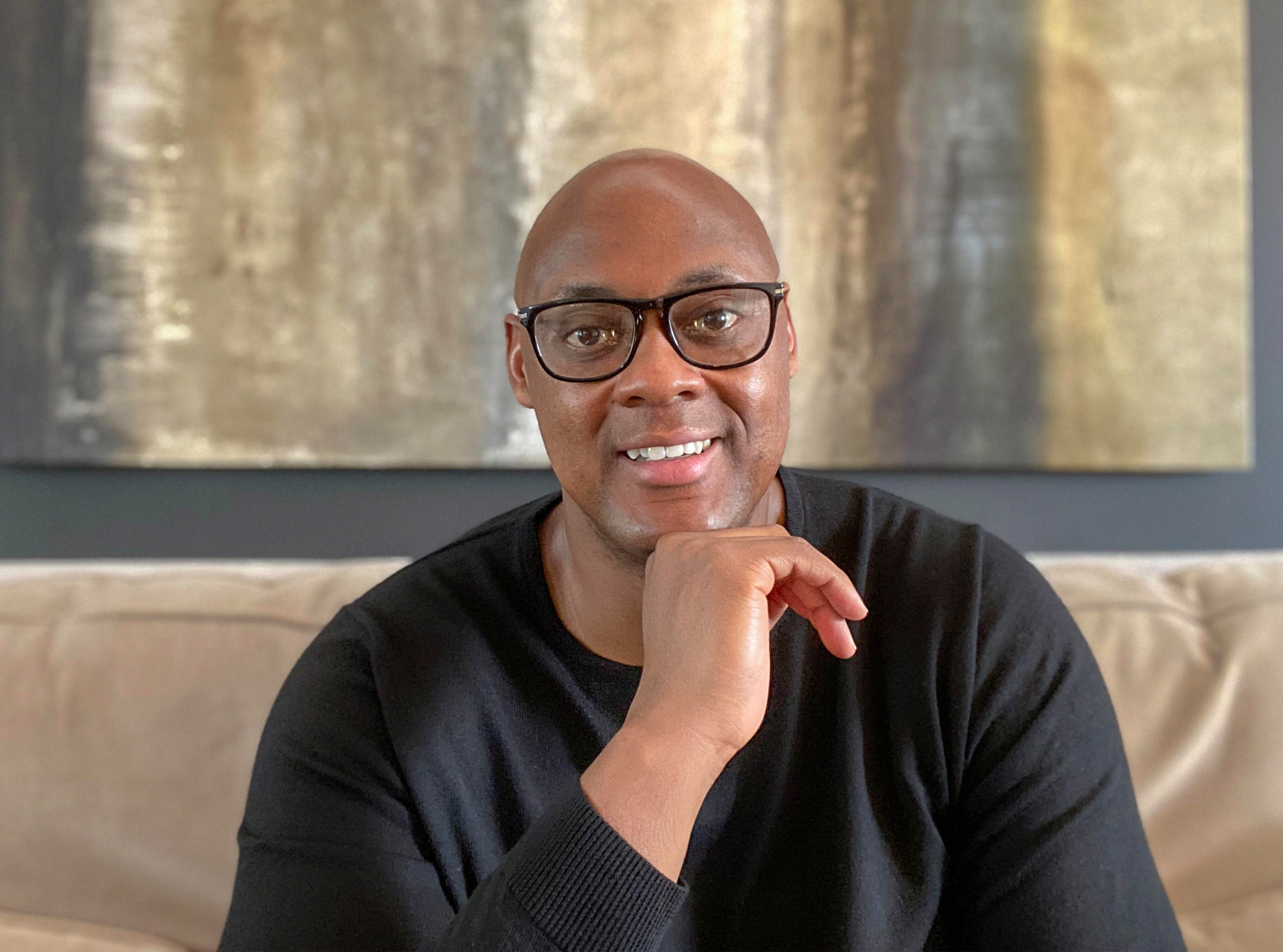
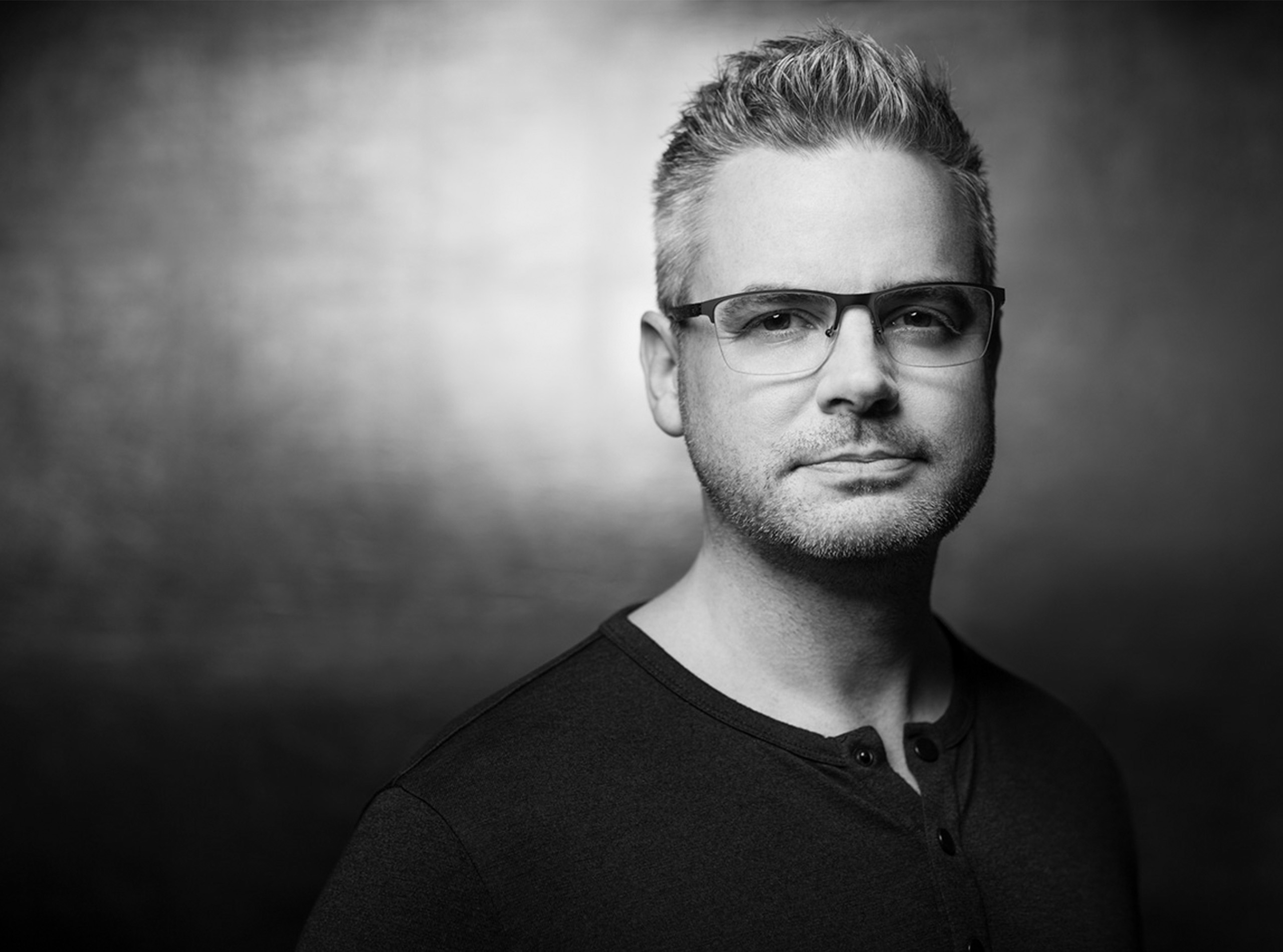
Uncommon Person: Chad Hutson
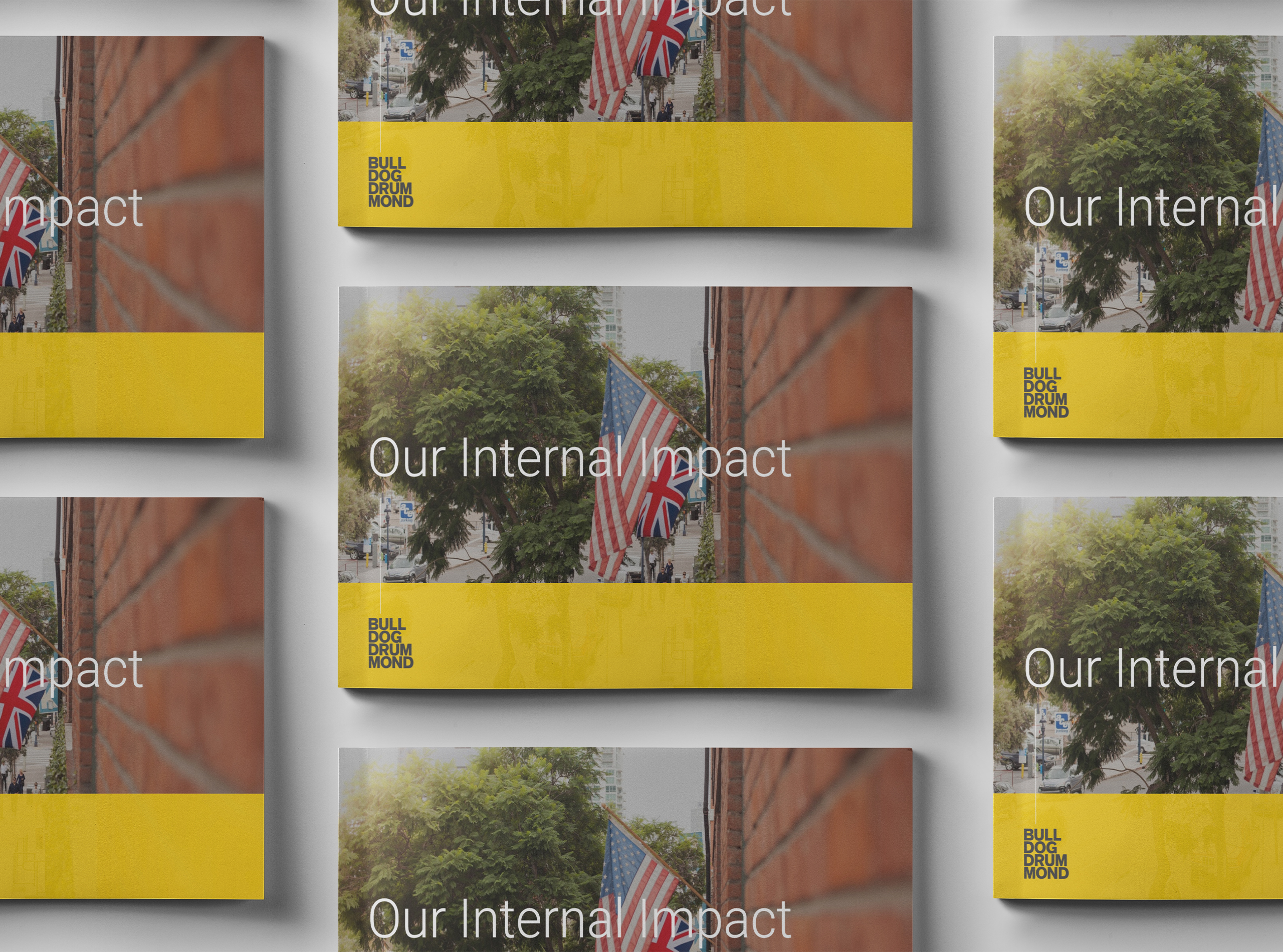
Our Internal Learning & Impact at Bulldog Drummond
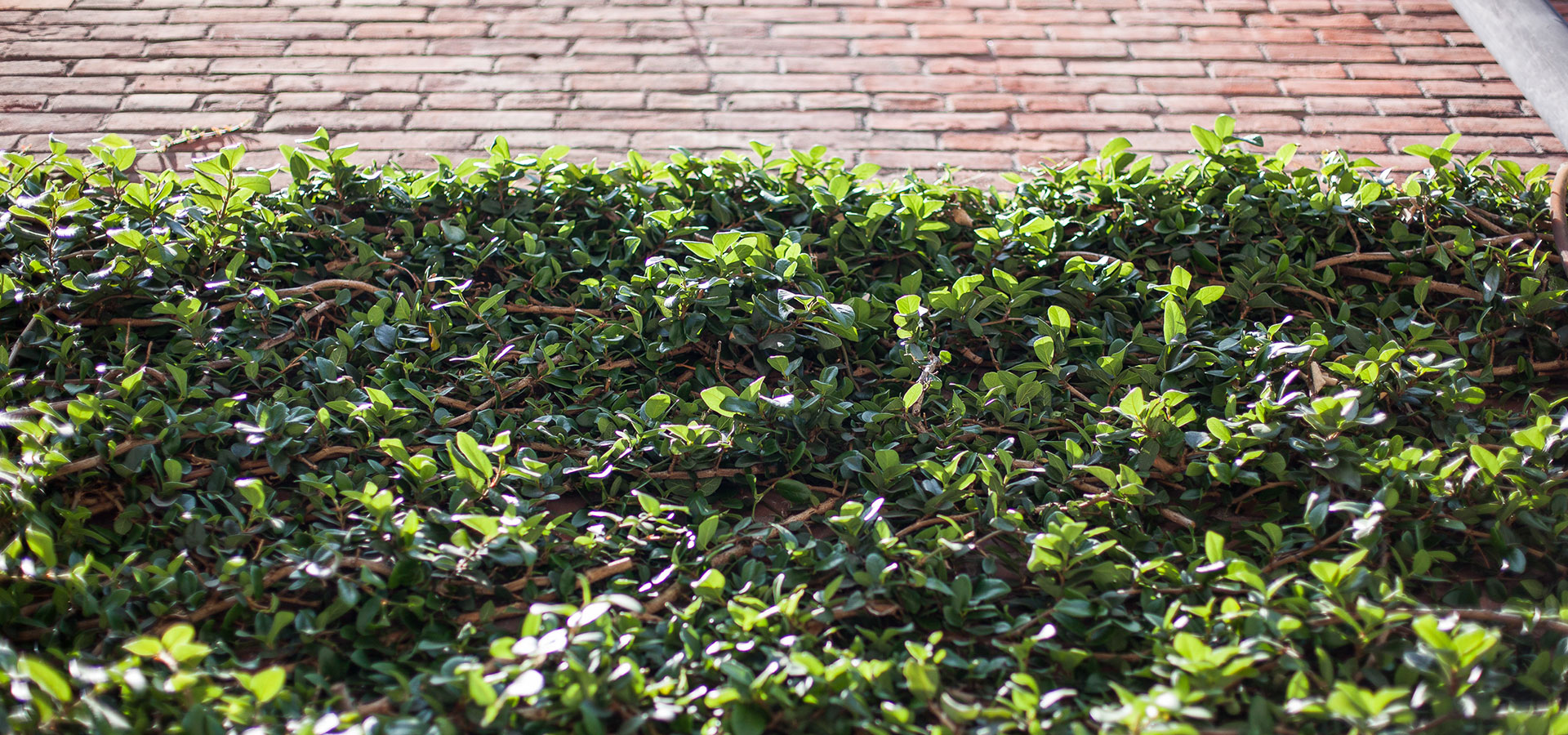
The One Decision by Employers in 2021 that Means Everything
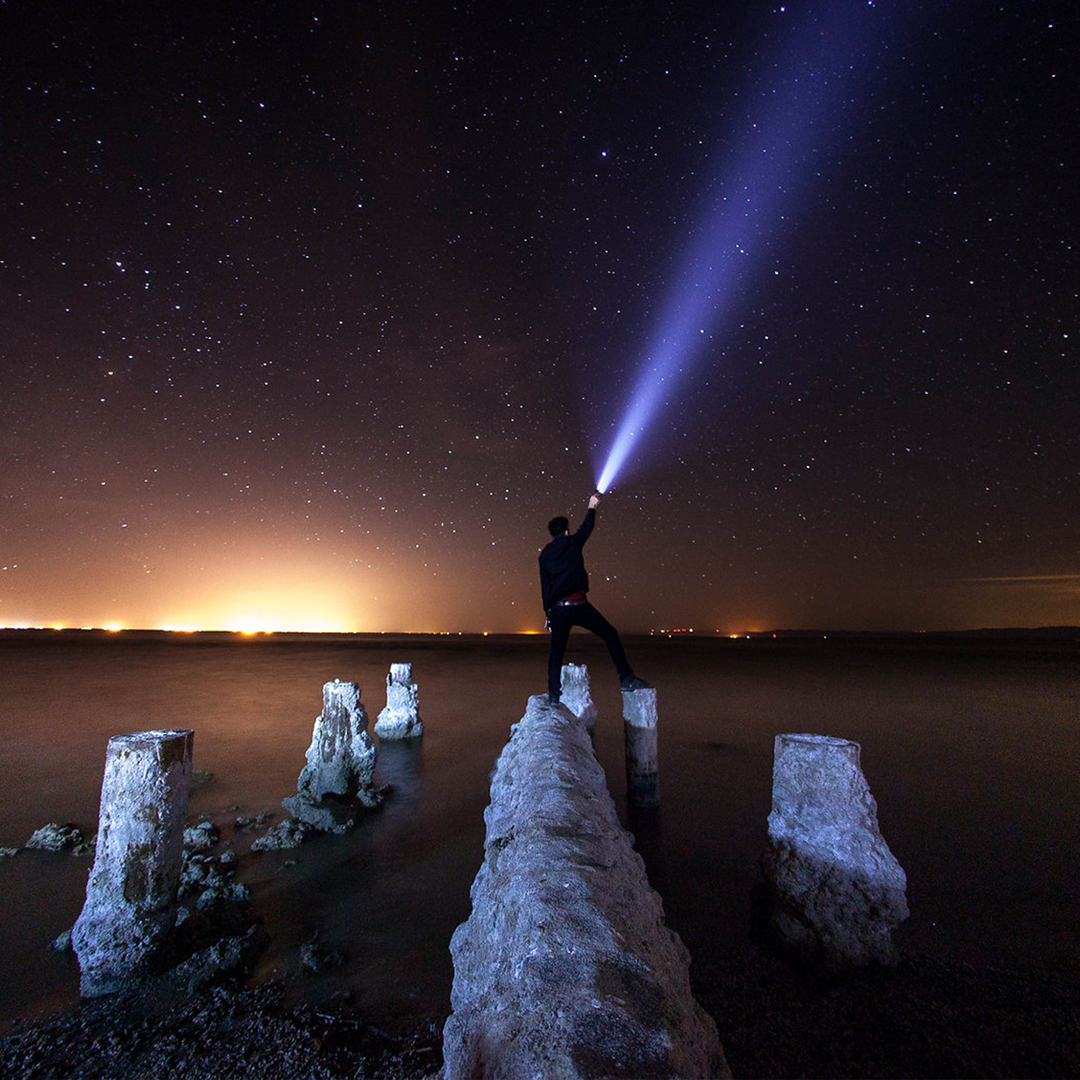
What I Wish I Knew

Standing Up Inside

Uncommon Person: Gregg Imamoto

Five Things Every Company Should Know about ESG
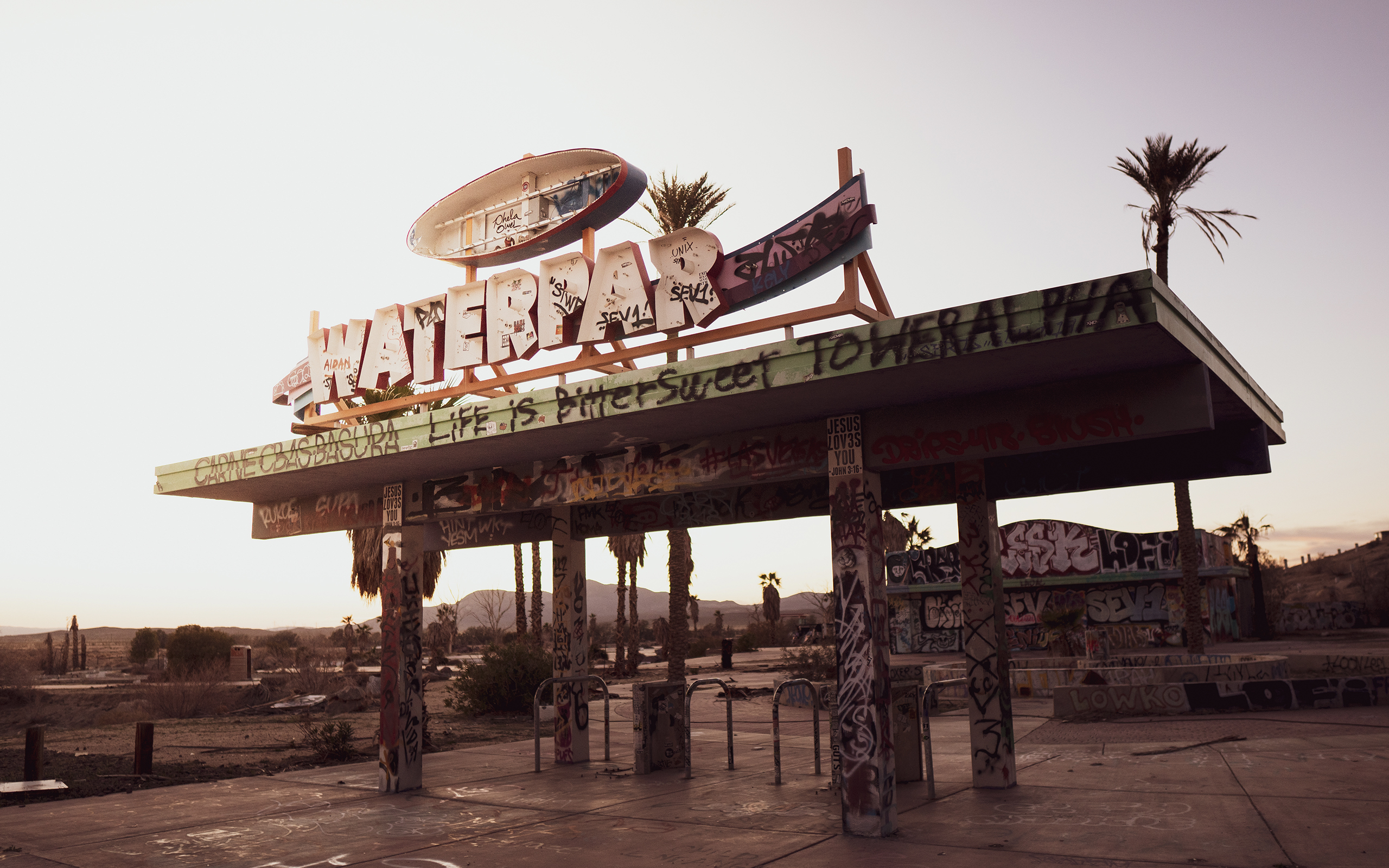
Redefining Value
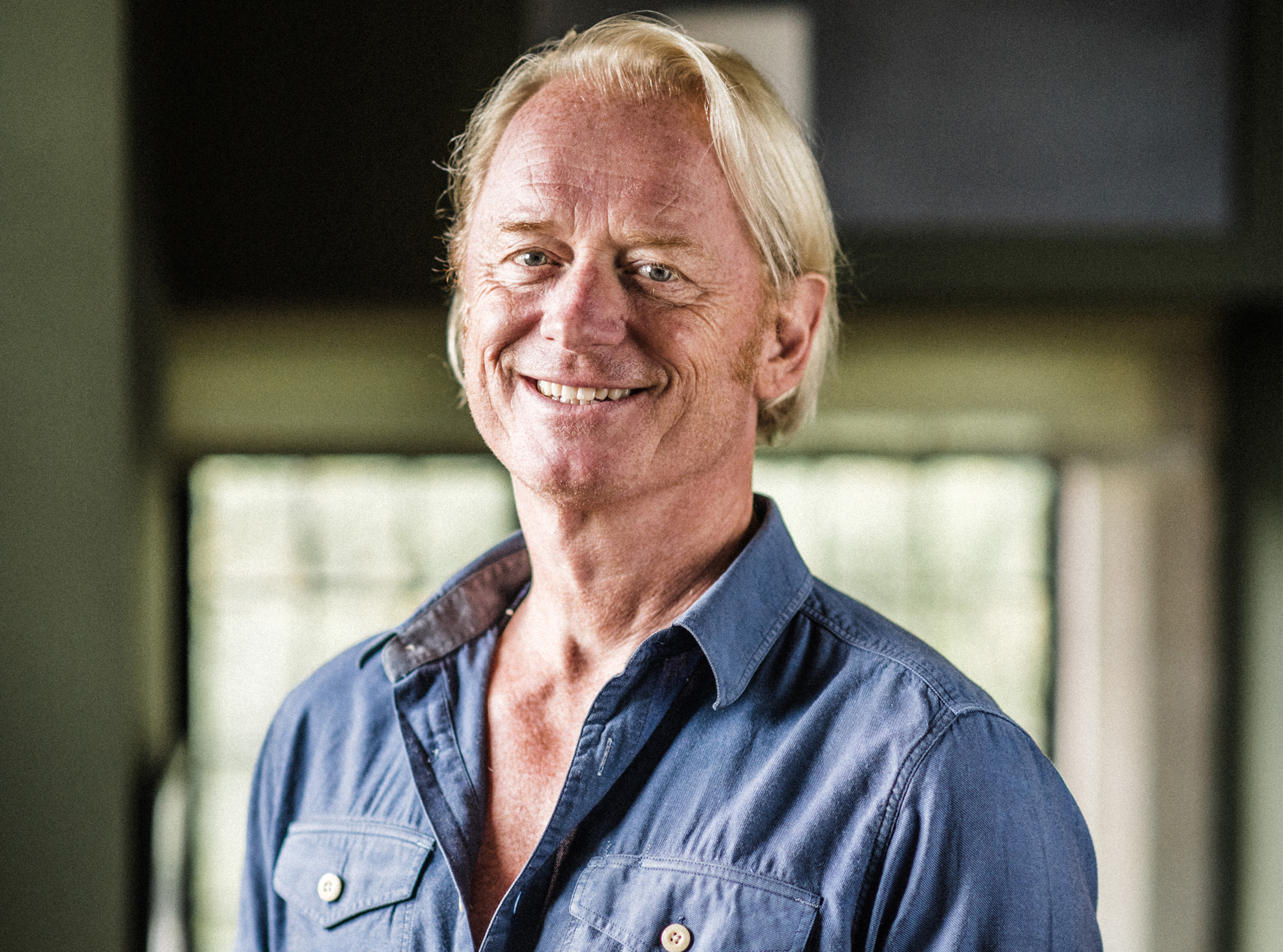
Uncommon Person: Chris Baréz-Brown

It’s Time For A Whole Lotta Common Good

Did You Choose Humanity?

Uncommon Partnership: Violux

Here’s How
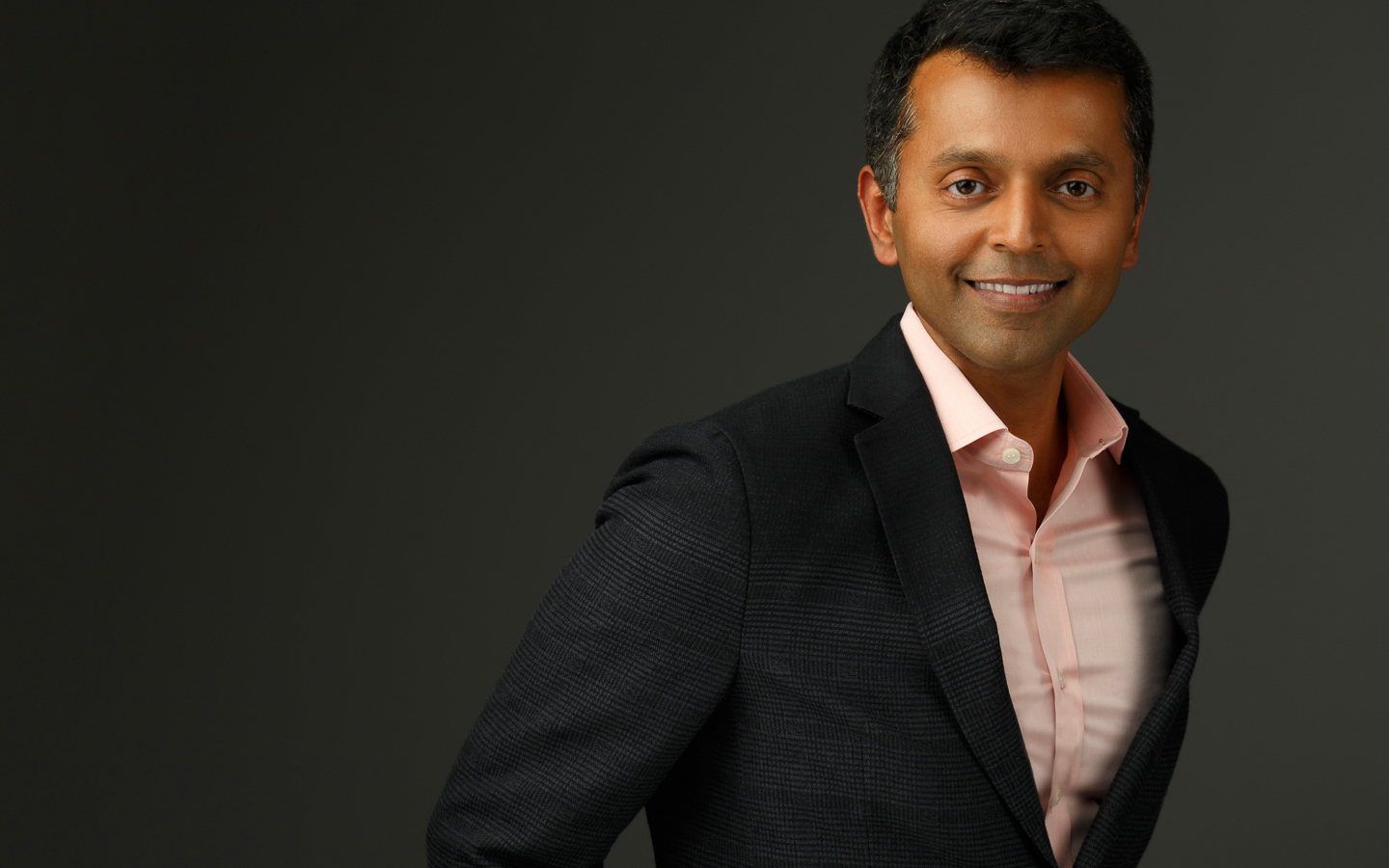
Uncommon Person: Santhosh Nair

Designing Strategy For A Complex World

Responsibility & Relevance for Brands
